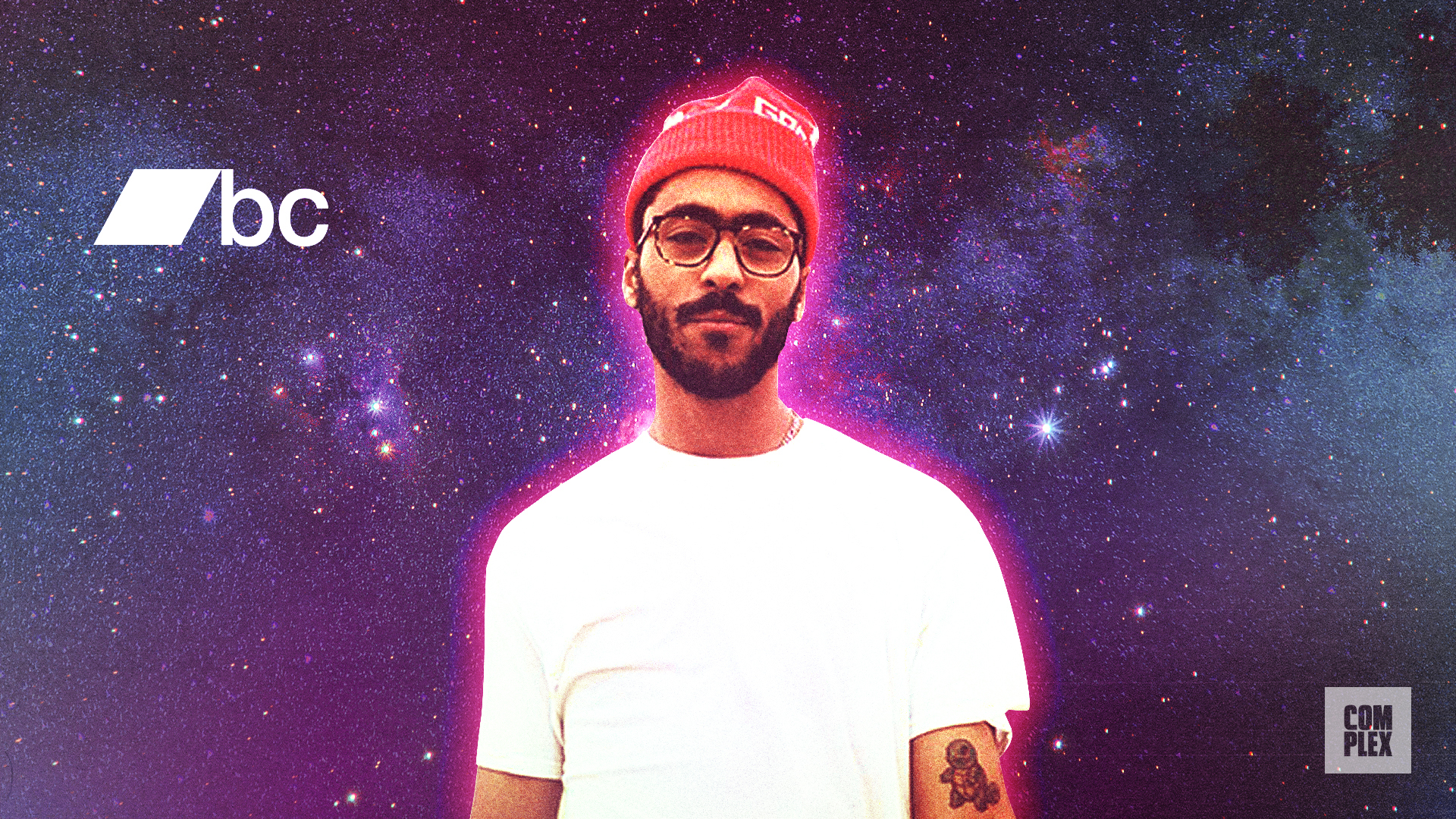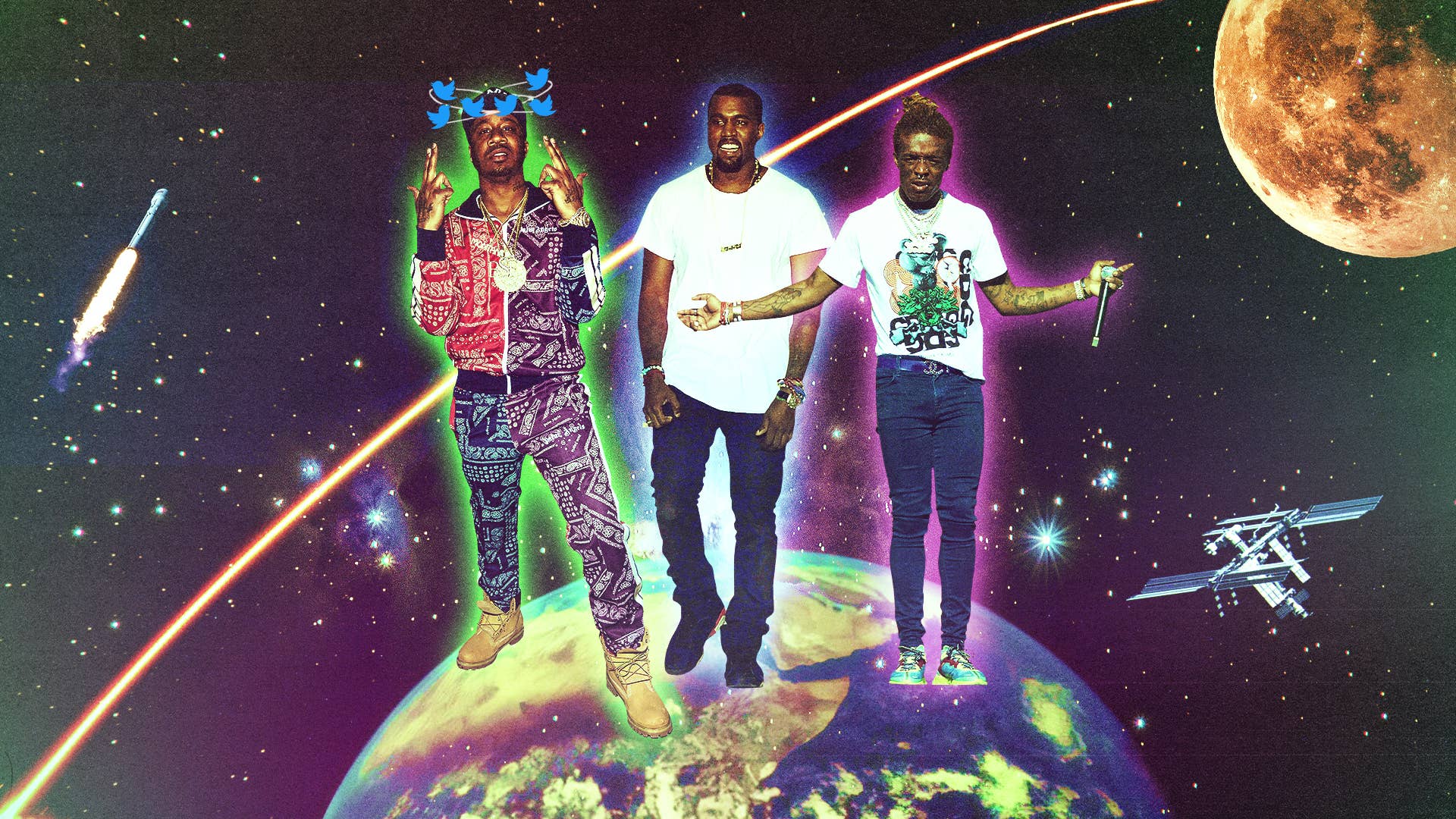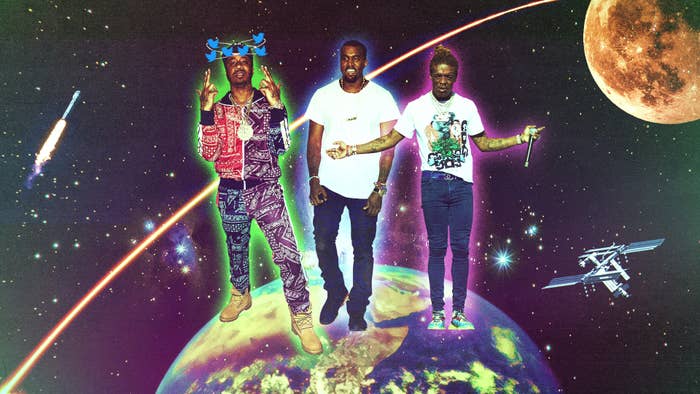
In late April, a Twitter user named @gothamcityrap posted a TikTok video where he danced to Benny the Butcher’s verse on Westside Gunn’s “Gods Don’t Bleed.” It was clearly a stunt for attention, but it also showed how ridiculous it is to see a cheerful TikTok dance set to intricate drug raps. The whole thing was about as odd as seeing Playboi Carti debuting his next video on Facebook and expecting not to get assailed by boomers.
There was a time when every artist fought for attention on MySpace (and then on Facebook and Twitter) but there’s now a wide variety of social media platforms boasting communities with disparate rap tastes. As the Griselda TikTok video demonstrated, crossing those suggested lines can be startling in hilarious, if not cringey ways.
Social media mirrors the divided population that occupies it. We’re all a part of society, sure, but we each engage with communities that share our interests and worldview. Similarly, we prefer social media platforms where our own communities are most present.
Twitter’s text-centering format and abundance of media professionals makes it the best space to get into a debate about who the best Queens lyricist is, or to learn from a meaningful thread about an obscure artist. TikTok’s quick hitting video-centric style makes it perfect for dances and challenges. Punchlines and other one-liners find their place on Instagram photo captions, while a full video explicating an entire verse may do best on Facebook’s traditionalist-populated platform.
The internet has its corners for everyone, and we put together a guide to highlight some of the most notable communities. This isn’t a completely uniform roundup, because some platforms are actual DSPs whereas others offer mixed media experiences, but the guide shows how different communities, and different rap subgenres, have their ideal digital spaces.
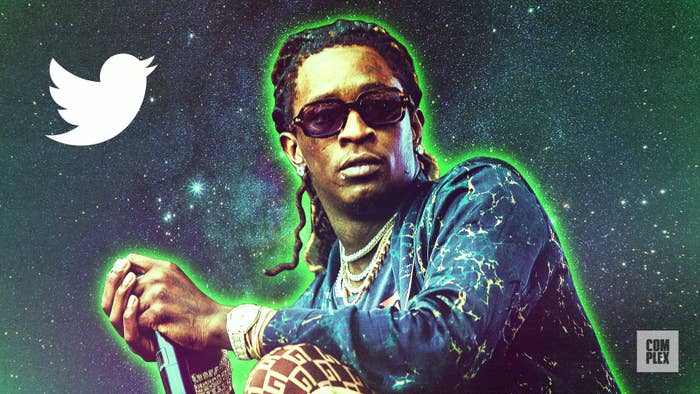
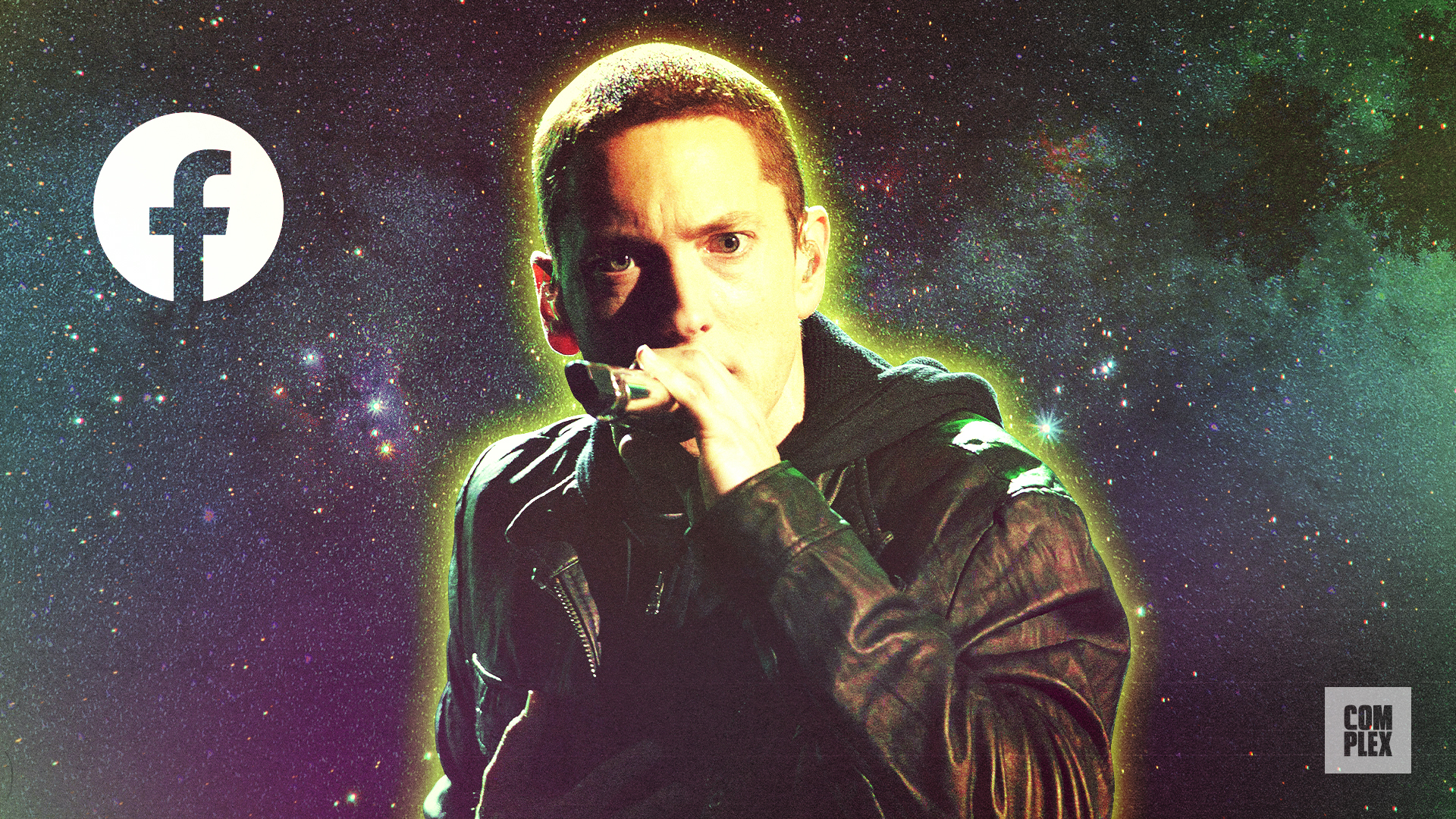
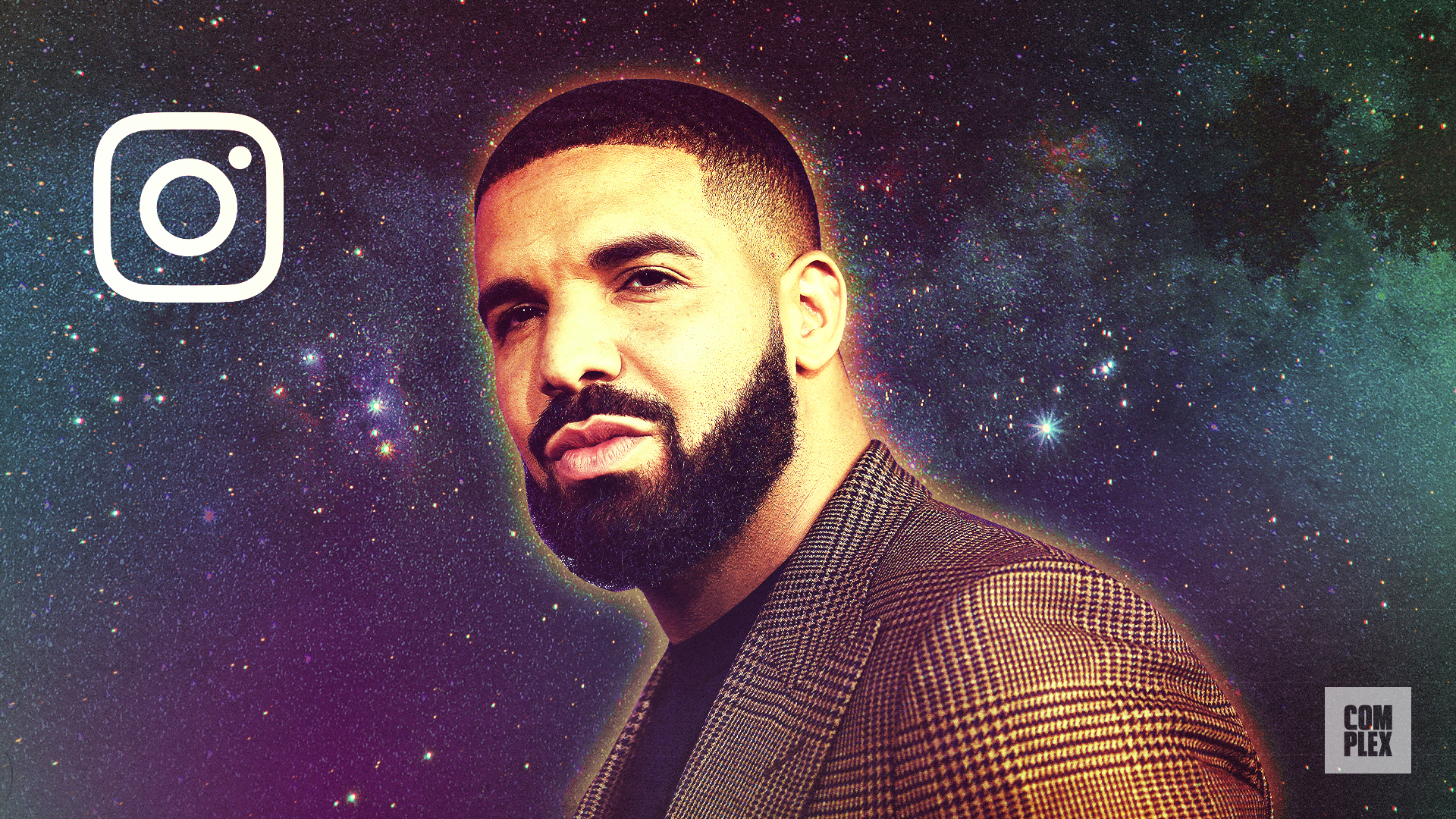
TikTok
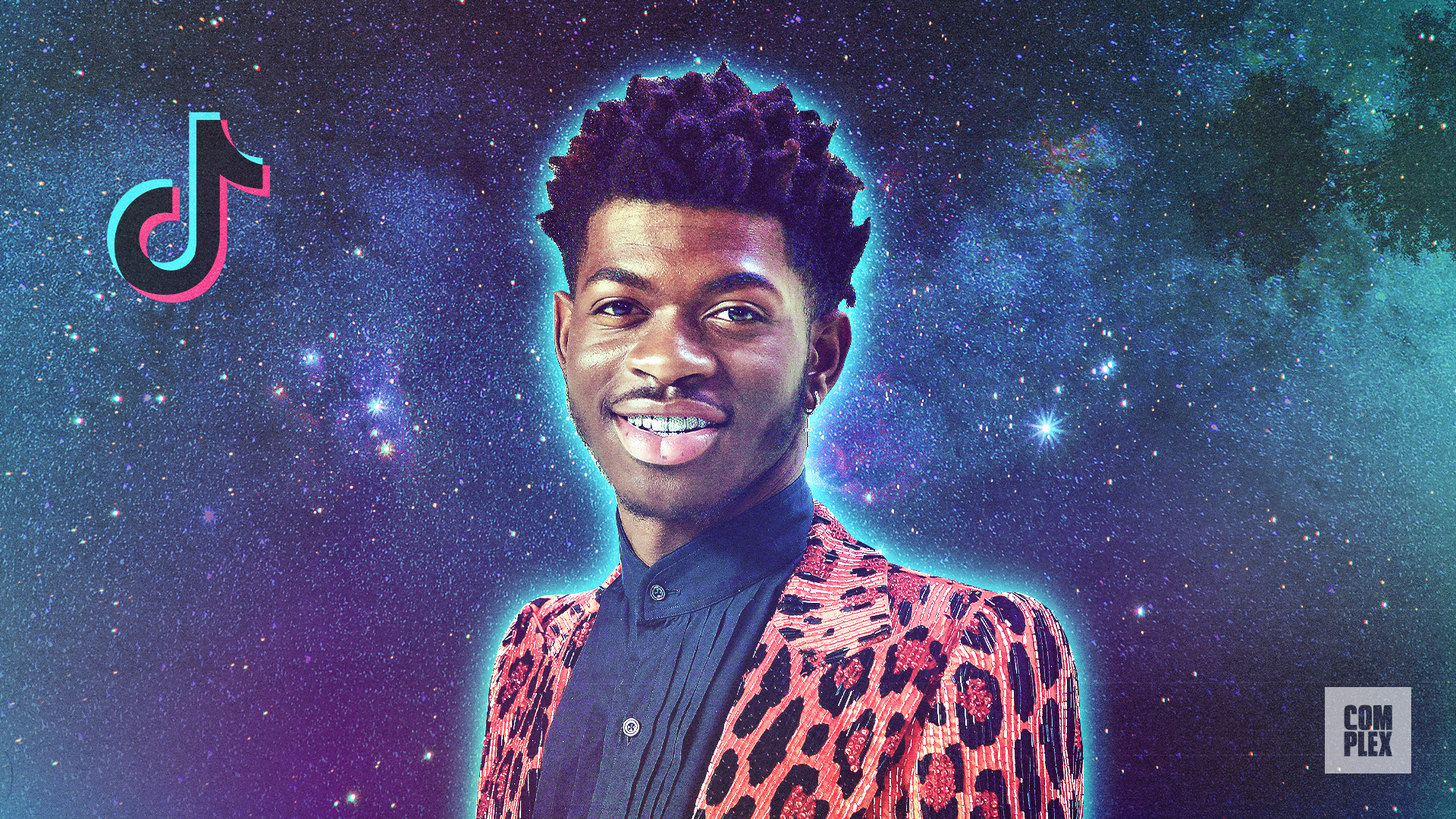
SoundCloud
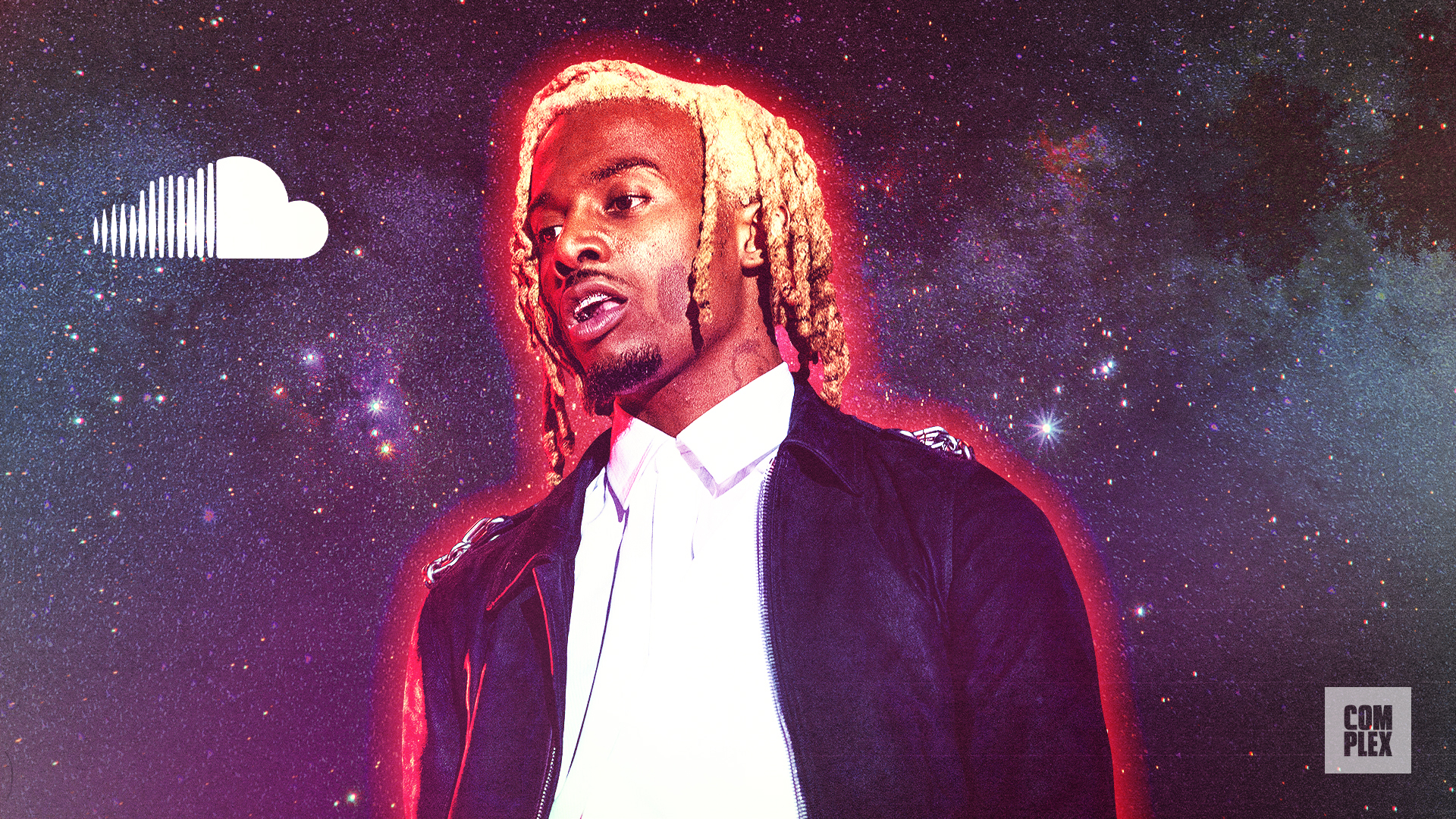
Bandcamp
